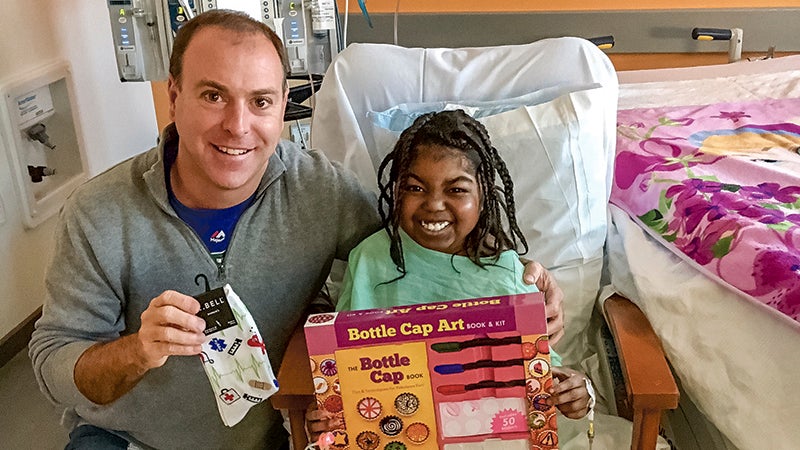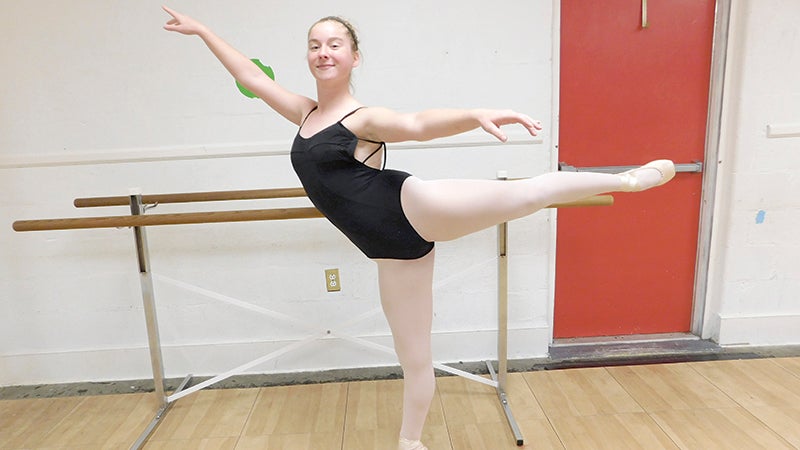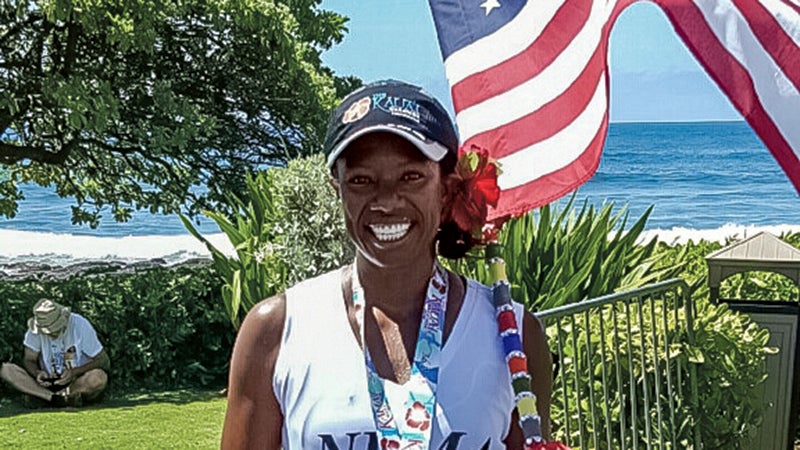Learning to grow
Published 10:34 pm Thursday, January 29, 2015

At Nansemond Parkway Elementary School on Thursday, instructor Heather Ferguson shows fourth-graders Alisa Chandler and Arynn Hampton how to plant a sunflower seed. It was part of a traveling program to teach students about agricultural crops.
Some public elementary school students in Suffolk have been learning about what plants require to grow, as a plant nutrient classroom on wheels travels across Virginia.
The Seed Survivor program, which visited Nansemond Parkway Elementary School on Thursday, is a free, curriculum-based learning experience provided by agricultural products and services company Agrium, together with the Farm Bureau.
Students from select Suffolk schools are set benefit from the experience in coming weeks. Seed Survivor is also journeying to Isle of Wight County.
Third-, fourth- and fifth-graders at Nansemond Parkway learned about crops grown in Virginia, different soil types and what plants need to grow, from agriculturalists Rexford Cotten and Heather Ferguson.
“What do you make out of wheat?” Cotten asked.
“Bread,” a handful of students replied, demonstrating some understanding of where the food they eat comes from.
How much children understand about agriculture depends on the community they live in, Cotten said.
“This program is traveling all over the nation,” he said. “As we go into urban communities, their knowledge base sometimes is very limited.
“But in rural communities, sometimes you have children who actually have parents, grandparents or an uncle that farms.”
Cotten told the Nansemond Parkway students about the three main soil types — sand, silt and clay — and which crops are suited to which.
“We have some silts around, and they are ideal for growing grains,” he said. “Clay will grow good forage crops and pasture. But when it gets dry, it gets real tight and compacted.”
Every student planted sunflower seeds in a small pot. Ferguson instructed them to pour on two tablespoons of water whenever the soil becomes dry.
The strongest seedling can be transferred to a larger pot with the potting mix, she said, adding, “You can even get your parents to cut the top of a gallon milk jug.”
Justin Truman, in fourth grade, said, “In six days it’s gonna be a little plant. And then — maybe when you put it in the rain — it’s going to grow tall.”
“Then I’m going to eat all the sunflower seeds,” Truman added.
The program, developed in Canada in 2005, has five interactive stations on water, light, soil, nutrients and growth.
More than 100,000 children have planted seeds at Seed Survivor displays, according to Lindsey Metheral, Agrium’s program coordinator.
“We want children to grow up to be healthy eaters, to be interested in agriculture and to understand where their food comes from,” Metheral stated.





